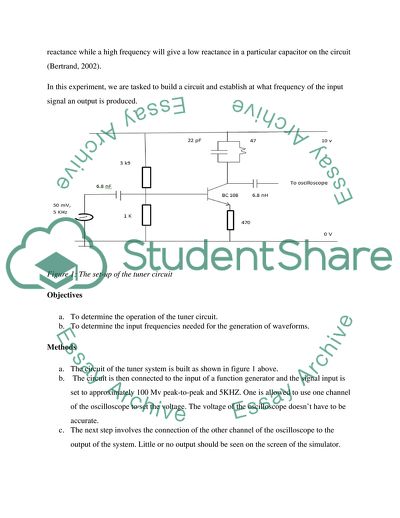Cite this document
(A Tuner Circuit Report Example | Topics and Well Written Essays - 1500 words, n.d.)
A Tuner Circuit Report Example | Topics and Well Written Essays - 1500 words. https://studentshare.org/engineering-and-construction/1866611-tuner-laboratory
A Tuner Circuit Report Example | Topics and Well Written Essays - 1500 words. https://studentshare.org/engineering-and-construction/1866611-tuner-laboratory
(A Tuner Circuit Report Example | Topics and Well Written Essays - 1500 Words)
A Tuner Circuit Report Example | Topics and Well Written Essays - 1500 Words. https://studentshare.org/engineering-and-construction/1866611-tuner-laboratory.
A Tuner Circuit Report Example | Topics and Well Written Essays - 1500 Words. https://studentshare.org/engineering-and-construction/1866611-tuner-laboratory.
“A Tuner Circuit Report Example | Topics and Well Written Essays - 1500 Words”. https://studentshare.org/engineering-and-construction/1866611-tuner-laboratory.


